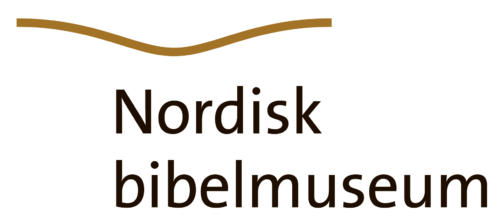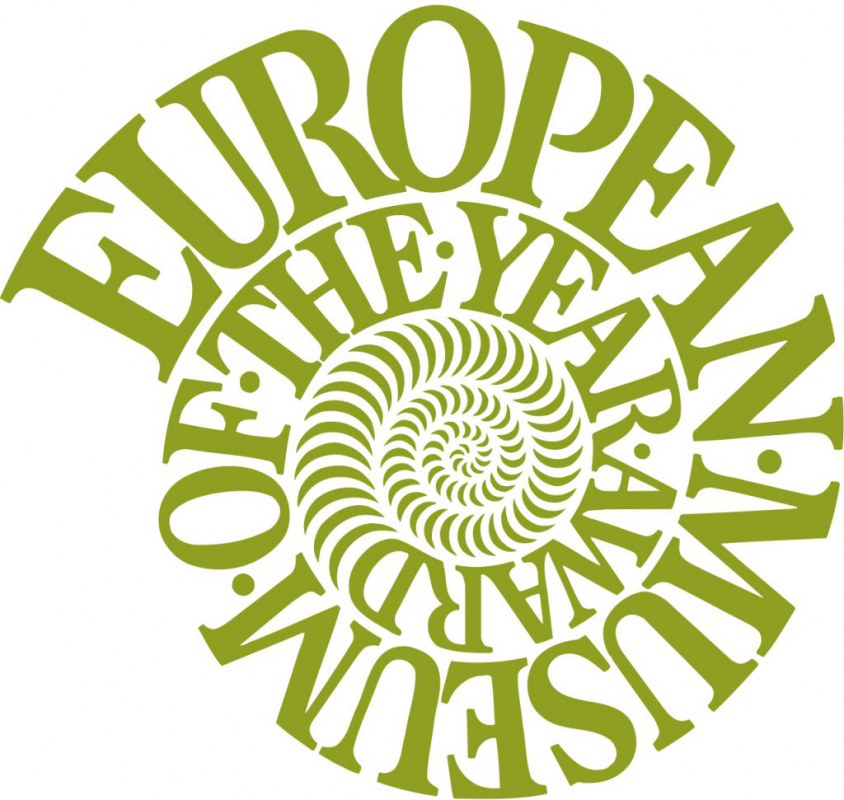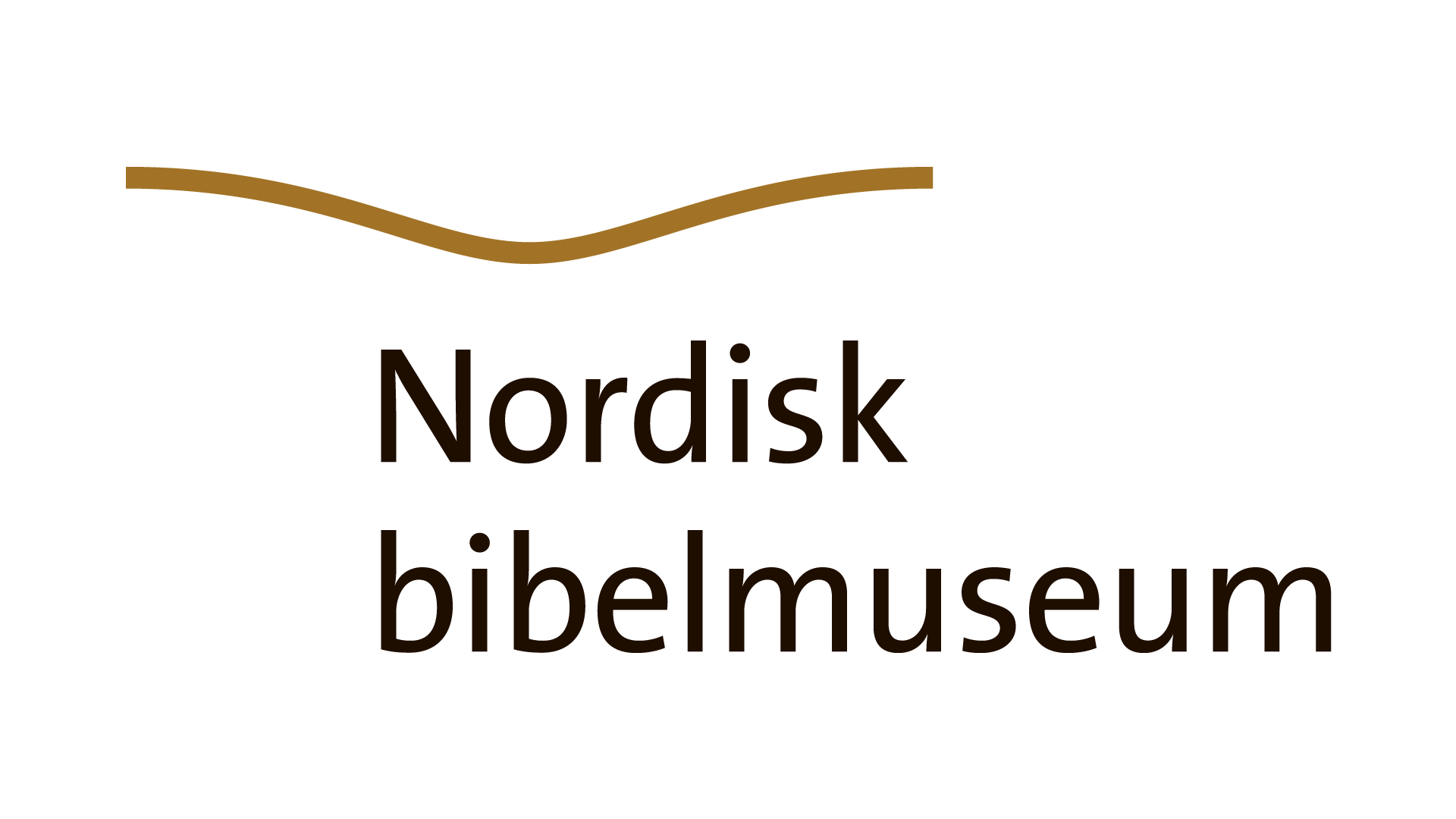A collection is created
To establish a museum requires a certain volume of what is to be exhibited, and Rune Arnhoff is a collector by nature. As a child, he began collecting glossy pictures and napkins, then made coins, stamps and matchboxes. Eventually he became interested in books – and especially in the Bible. – I remember the first time I flipped through a Bible from the 16th century. It was a great experience, something I wanted more people to experience, says Rune. Hans Beckhaug had for many years built up a unique collection of over 1600 Bibles. In 2008, the Norwegian Bible Society was offered to buy it, but chose not to finance such an investment. In the end, the southern shipowner Jan Olaf Tønnevold, a long-time board member of the Bible Society, bought the collection privately.
The meeting with Tønnevold
Rune Arnhoff and Jan Olaf Tønnevold met somewhat by chance in the spring of 2016. The shipowner told about the collection, which immediately aroused interest in Rune. Arnhoff and Tønnevold had found the tone, and still have a fruitful collaboration. Tønnevold wanted to create interest in the Bible, and had long had the idea of finding a place for a more permanent exhibition. The two gentlemen began to play with the idea of a museum for the collection, which has now grown to over 4,500 Bibles. As I said, so done – the Nordic Bible Museum was organized as a foundation, with Arnhoff as general manager and Tønnevold as one of the board members.
The hunt for premises
They started looking for a suitable place for the exhibition. After a period of searching for premises, the Nordic Bible Museum was able to open its doors in the middle of Kvadraturen, between Akershus Fortress and Karl Johans gate. Just across the road here is one of Oslo’s oldest buildings, erected two years after the fire in 1624. Christian Kvart said that this was where the city was to be rebuilt. We do not get a more central location in relation to history, says Rune.
The Nordic Bible Museum opened its doors on 31 May 2018 and has got off to a good start with operations. The business is run and financed by charity work, private funds and gifts. Many of the volunteers have an art or cultural background, or they have relevant experience from previous work in museums or libraries. Several also have other higher education that is relevant to the museum.
Today, the museum can offer a time travel, from the first bibles that were written on leather or parchment, to today’s digital bibles. Here the audience gets a unique opportunity to take a deep dive into Nordic Bible history.
About the Bible collection
Rune Arnhoff is a collector by nature. From the end of the 1980s, Bibles also became part of his area of interest and in the last decade the collection has grown considerably. Arnhoff has built up a collection with a special focus on early printed Bibles, such as incunabula (printed in the 15th century), polyglot Bibles and other historically important works.
The Tønnevold Collection
Over many years, typographer Hans Beckhaug built up a collection of over 1,600 Bibles, which were later bought by shipowner Jan Olaf Tønnevold. He wanted to use the collection to create interest in the Bible through a permanent public exhibition. When Tønnevold learned that Rune Arnhoff wanted to start a Bible Museum, he chose to sell him the collection.
The Rosendahl Bible collection
In 1906 the printer Kristian Rosendahl started collecting Bibles. Eventually the Rosendahl collection grew into the most exclusive private Bible collection in the Nordics, remaining in the Rosendahl family for four generations. As the collection was to be sold in connection with the disposal of the family assets, it was important for both seller and buyer that the collection be kept intact in Scandinavia. The Bible and Book Museum in Oslo was thus chosen as custodian of this shared Nordic cultural heritage. The Rosendahl Bible Collection counts more than 600 Bibles and books. Among them the world’s first Luther Bible from 1533 and a leaf from the first printed book, the Gutenberg Bible from 1450, as well as five incunabula Bibles, books printed in the 15th century.
Rune Arnhoff will speak about the Tønnevold collection on March 10, 2017 (Norwegian).







